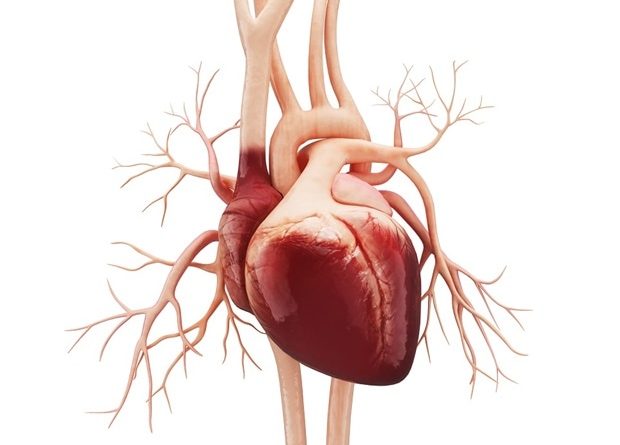AI tool uses CT scans to identify patients at risk of reduced blood flow to the heart
Findings
Cedars-Sinai investigators and colleagues have developed an artificial intelligence (AI) tool that uses computed tomography (CT) scans to identify patients at risk of reduced blood flow to the heart. The tool is able to accurately predict reduced blood flow both within the coronary arteries and the heart muscle. The advantage of this AI tool is that it could potentially be used in real time during routine patient visits for CT scans to help doctors determine the next step in the treatment plan.
Background
Blockages of the coronary arteries typically occur due to the buildup of fatty plaques. This may restrict blood flow to the heart, causing chest pain, heart attacks, or even death. Identifying which arteries are at risk for reduced blood flow can help inform doctors as to which patients should be referred for subsequent tests or placement of stents. The current clinical standard for diagnosing reduced coronary arterial blood flow is called invasive fractional flow reserve (FFR). It measures the drop in pressure within the arteries and thus calculates how much each blockage limits blood flow. Meanwhile, a heart positron emission tomography (PET) scan is an imaging test that uses a radioactive tracer to look for reduced blood flow in the heart muscle.
Method
Investigators analyzed data from 203 patients who had taken part in a previous study called the PACIFIC trial. As part of the PACIFIC trial, all patients had undergone multiple tests within a two-week interval, including coronary CT scans, invasive coronary angiography with FFR, and heart PET scans. The researchers developed an AI tool that analyzes features of the plaques on coronary CT scans, and then predicts the probability of reduced blood flow on invasive FFR and PET scans.
Impact
This AI tool can be incorporated into routine analysis of coronary CT scans, according to the authors. Having this information on hand during patient visits could help doctors know which patients to refer for further testing, such as noninvasive stress testing or invasive coronary angiography. For some patients, this would mean avoiding invasive tests.
Journal
The research was published in the peer-reviewed journal Circulation: Cardiovascular Imaging.
Expert commentary
"Coronary CT angiogram is the first-line test for chest pain, as it allows us to measure the atherosclerotic plaque and narrowing," said Damini Dey, PhD, director of the quantitative image analysis lab in the Biomedical Imaging Research Institute and professor of Biomedical Sciences and Medicine at Cedars-Sinai and corresponding author of the study. "If we can integrate CTA plaque data with stenosis with AI to predict impaired FFR, we could risk stratify patients correctly to realize the functional significance of the stenosis."
Authors
Other Cedars-Sinai authors include Andrew Lin, MBBS, PhD; Priscilla McElhinney; Yuka Otaki, MD, PhD; Donghee Han, MD; Alan Kwan, MD; Evangelos Tzolos, MD; Eyal Klein, MD; Keiichiro Kuronuma, MD; Kajetan Grodecki, MD, PhD; Benjamin Shou; Richard Rios, PhD; Nipun Manral, MSc; Sebastien Cadet, MSc; Daniel S. Berman, MD; and Piotr J. Slomka, PhD.
Funding
The research was supported by the National Heart, Lung, and Blood Institute (award number 1R01HL148787-01A1) and the Dr. Miriam and Sheldon G. Adelson Medical Research Foundation.
Cedars-Sinai
Lin, A., et al. (2022) Machine Learning From Quantitative Coronary Computed Tomography Angiography Predicts Fractional Flow Reserve–Defined Ischemia and Impaired Myocardial Blood Flow. Circulation: Cardiovascular Imaging. doi.org/10.1161/CIRCIMAGING.122.014369.
Posted in: Device / Technology News | Medical Science News
Tags: Angiogram, Angiography, Artificial Intelligence, Blood, Chest Pain, Computed Tomography, CT, Heart, Imaging, Medical Research, Medicine, Muscle, Pain, Positron Emission Tomography, Research, Stenosis, Stress, Tomography
Source: Read Full Article



